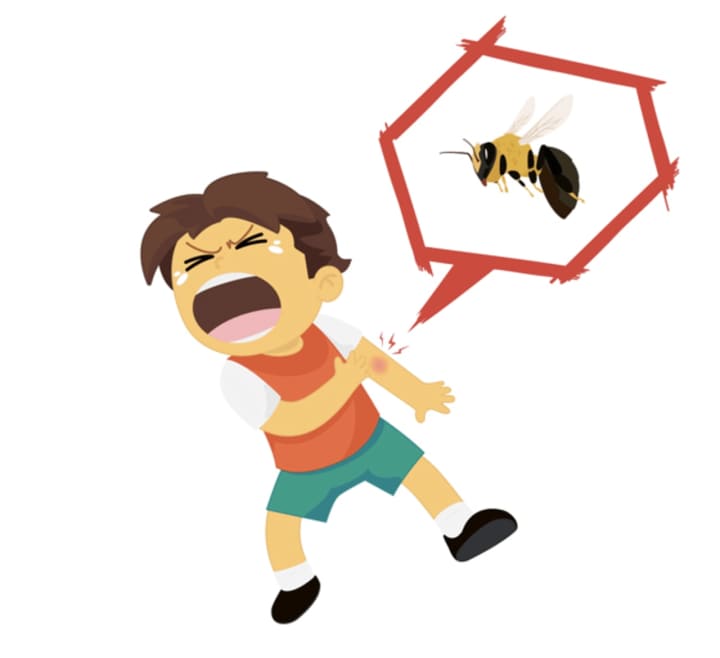“Anaphylaxis to bee stings is much less common than people think — between .15 percent and .8 percent of children in the U.S are affected," said Dr. Subhadra Siegel, pediatric allergist and immunologist at Maria Fareri Children’s Hospital, a member of the Westchester Medical Center Health Network. "It is much more common for children to have a large local reaction, which is not typically life threatening.”
Identifying the differences between a normal, local reaction and dangerous anaphylaxis is important. Even if the affected region is painful and encompasses a large area, it's not necessarily the sign of an allergic reaction. Icing the sting and taking an antihistamine such as Benadryl can help reduce pain and swelling significantly. However, if a child begins to break out in hives across their body -- especially in and around the mouth -- and experiences difficulty breathing, they may be having a serious allergic reaction. In this case, parents should seek medical help immediately.
For more information on how to identify and treat both allergic and local bee stings, click here.


